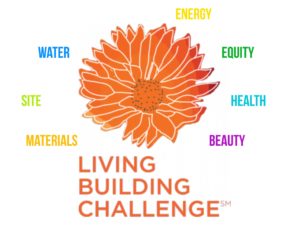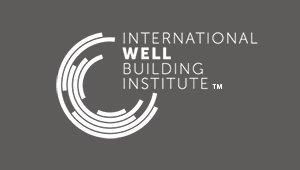With the economy cooling from the corona virus, it is going to be difficult for soon-to-be architecture graduates to find that first job in the profession, and current professionals to find their next job. In a competitive market, those seeking jobs must find ways to stand out from the many other professionals applying for the few available positions. Having a clean resume and complete portfolio is critical. I was once guilty of having an incomplete portfolio and it cost me a job. Getting everything right though still may not mean you get the job. Everything counts, and the stronger your resume and portfolio are, the better your chances of obtaining the position.
Certifications can be a great way to show employers your interests in the architecture field and prove your knowledge surrounding that interest. I attribute getting my first job to my passion for sustainable design and becoming a Certified Passive House Consultant (CPHC®) through the Passive House Institute US (PHIUS) upon graduating. This aligned my passion with a well-known certification that could be listed on my resume and acknowledged as an expertise.
How did I get there? In school, I was interested in sustainable design, but I had only heard about LEED (Leadership in Energy and Environmental Design). While LEED is one of the most recognized sustainable design programs there are several other programs such as; Well Building Standard, Living Building Challenge, PHIUS, and more. Each of these programs has their own focus and provide different criteria for sustainable design.
Through exploration, I discovered that I was most interested in optimizing the building envelope and reducing the overall energy consumption of a building. It was not until I explored all these programs that I came upon that realization. Exploration is the first and most important step of attaining a certification. Certifications cost a lot of money, take time, and offer different things. You want to make sure you are investing in something that is worth the cost and ultimately something that interests you. For me, that was Passive House design.

Passive House design is one of the more stringent sustainable certifications out there, but there are a lot of options to set yourself up for success. While not every certification testing is available at this time due to the current pandemic, there are some that you can still take. Currently the International Well Institute is offering online exam prep courses to become a WELL Accredited Professional. They are even reducing the cost of their online exam to make it more accessible for those out of work. Another way you can save cost is if you are currently a student. Most certifications offer reduced pricing for students to take their exams.
Despite the economy’s current condition, it is important to set yourself up for future success. Take the time to reflect on where you want to go, what you want to do, and how to get yourself there. It is going to take some extra time, but you can get yourself there with the right determination.
If you are curious about learning more about passive design and the PHIUS CPHC® certification, here is a brief background on the topic:
Passive House design has its origins in the United States in the 1970’s. An oil embargo with Canada gave architects in the United States the opportunity to explore how building design could be optimized to minimize energy consumption. They designed super insulated and passive solar houses that significantly reduced energy consumption. The term “passive house” was first coined during this time by William Shurcliff in his book “the Saunders-Shrewsburry House.” The design principles explored during this period were exported to Germany by Dr. Wolfgang Feist as interest waned in the United States. In Germany, Dr. Wolfgang Feist started the Passivhaus Institut which developed standards for passive house design. They are still in operation today and offer their own certification process for designers.
PHIUS developed upon the standards set by the Passivhaus Institut. The Passive House standard focuses on optimizing the building through these five principles:
1) Continuous insulation
2) Air-tight construction
3) High performance windows and doors
4) Balanced ventilation
5) Minimized systems
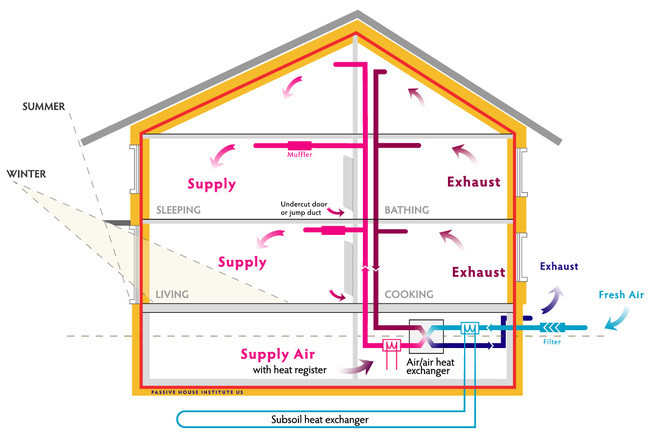
Passivhaus Institut developed these standards around the German climate. PHIUS then took these standards and adapted them to the multitude of climates in the United States and developed 4 criteria to certifying a building. The first is your overall building primary energy, which is determined by the number of people and the overall square footage of the building. The second is an airtight assembly which must be tested with a blower door test at intervals throughout the construction. The last two are based on the climate in which the building will be constructed. On the PHIUS website is a map of many locations across the country for which they have already triangulated data to use as the basis for your design. Based on this information, you will have an annual heat and cooling demand, and a peak heat and cooling load. In order to meet these design criteria, you must balance to bring your design below these 4 values.
There are a few steps one must take to become a PHIUS CPHC®. You are first required to take an online course of pre-recorded classes teaching the principles and criteria for designing a certified passive house. These courses were followed up by additional classes that focused on the application of the lessons from the first set of classes. In these courses you are taught how to use WUFI Passive, Therm, and other software important to designing a Passive House project. The exam is the final step in the certification process. It consists of two parts. One is an in person multiple choice exam. The second is a take home design portion that requires you to provide details and a design for a passive house based on the prompt. Your scores from each part are calculated together to determine your eligibility.
What are you most interested in? Start your exploration today!
Written By Greg Coni
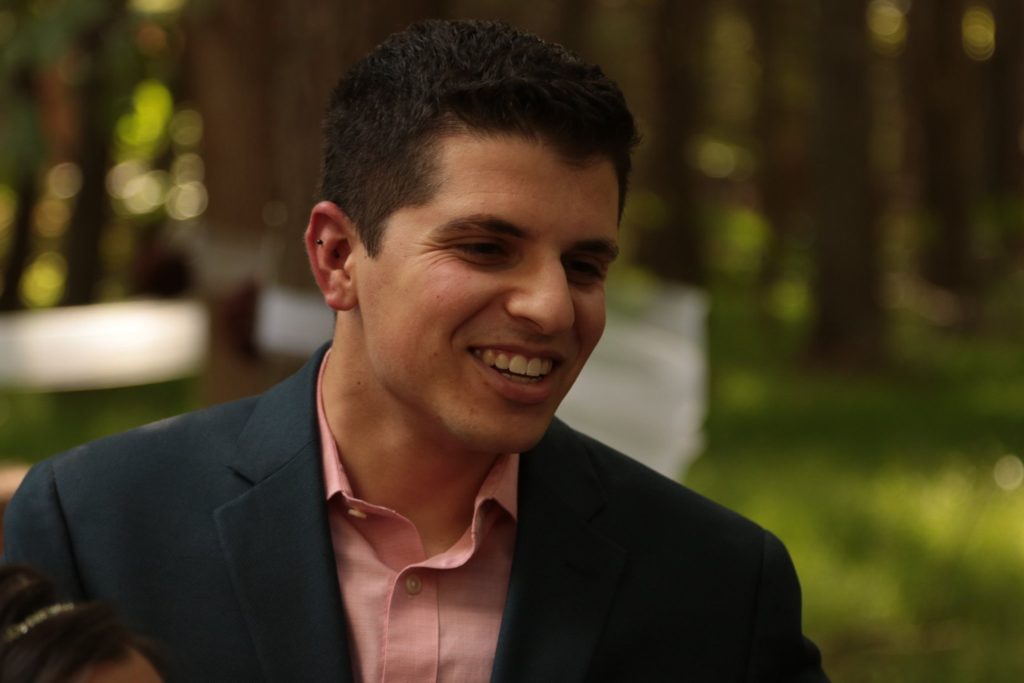
Greg Coni, CPHC, AIA
Project Architect at IKM in Pittsburgh
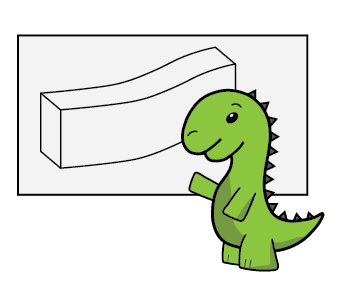
Resources:



